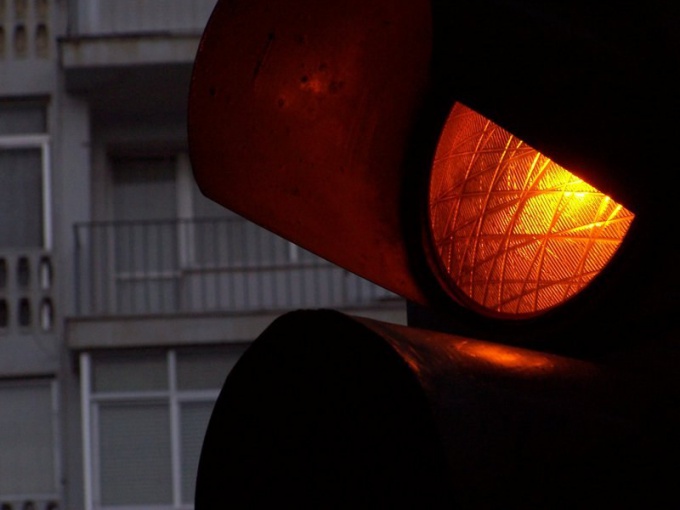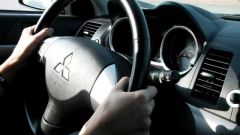Instruction
1
If you see that you will need to stop at a traffic light, you should gradually slow down. Your first action is to lift the foot off the gas.
2
Then hit the clutch and switch the gear lower at the same time slightly slowing down. Lightly press on the brake it is very important, this will inform those behind of your intention to stop. And switching gears is easier, dropping a little speed, otherwise the car can be very jerky. Switch so the transfer, until you reach the second or the first.
3
If the pavement is dry, you can let your car, coasting. For this you need to press the clutch, turn the neutral position of the gear lever. The car will gradually stop (unless you go to the mountains). Keep your right foot ready on the brake, pushing it closer to where you need to stop.
4
Coast that is off the transmission, saves fuel and ensures a smooth stop. But this method of stopping is very dangerous minus the machine, in this case just rolls so poorly managed. In any case it is impossible to apply roll on wet or icy roads.
5
It is convenient to use the coasting, if you're approaching the traffic light, which soon will switch on a green light. Then do not stop completely, and just turn on the right gear (second or third). Then remove your left foot from the clutch and accelerate by pressing the gas pedal.
6
On the slippery asphalt for greater control and handling a car you should always drive with the included transfer. Thus, if you are moving in fourth gear and want to stay after some distance, press the clutch, shift down a gear to third. Even without your influence on the brake the engine will reduce rpm.
7
Wait a bit, giving the car time to slow down. However, you can barely press on the gas. Then again, the impact on the clutch and switch to second gear. Take your time to shift gears. Better start to do it in advance, given that you can slow down on a slippery road is much harder and longer.
Note
On wet or icy pavement very unsafe to slam on the brakes, this will lead to a skid. You can short lightly press on the brake along with the clutch. In the case of a skid, your first action is to stop braking.


